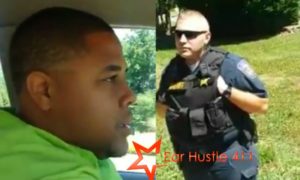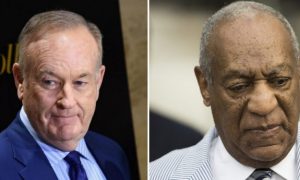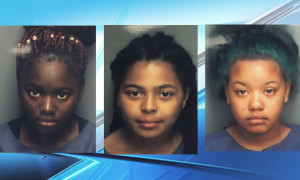B.B. King, the last of the Southern-born blues musicians who defined modern electric blues in the 1950s and would influence scores of rock and blues guitarists, has died. He was 89.
The Mississippi-born guitarist, who had suffered from Type II diabetes for two decades, died peacefully in his sleep at 9:40 p.m. PDT Thursday at his home in Las Vegas, his attorney Brent Bryson tells the AP. In October, King fell ill during a show and after being diagnosed with dehydration and exhaustion, canceled his concert tour and had not returned to touring at the time of his death.
With his trusty Gibson guitar Lucille, King developed his audiences in stages, connecting with African-Americans region by region in the 1950s and ’60s, breaking through to the American mainstream in the ’70s and becoming a global ambassador for the blues soon thereafter, becoming the first blues musician to play the Soviet Union.
King, whose best-known song was “The Thrill is Gone,” developed a commercial style of the blues guitar-playing long on vibrato and short, stinging guitar runs while singing almost exclusively about romance. Unlike the musicians who influenced him, Blind Lemon Jefferson and T-Bone Walker, for example, or his contemporaries Muddy Waters, John Lee Hooker and Howlin Wolf whose music bore geographic identities, King’s music was not tethered to the style heard at the Mississippi plantation he was born on or the Beale Street sound in Memphis where he first established his career.
He took rural 12-bar blues and welded it to big city, horn driven ensembles populated with musicians who understood swing and jazz, but played music that worked a groove and allowed King’s honey-sweet vocals and passionate guitar licks to stand out. His solos often started with a four- or five-note statement before sliding into a soothing, jazzy phrase; it’s the combination of tension and release that King learned from gospel singers and the jazz saxophonists Lester Young and Johnny Hodges.
“The first rock ‘n’ roll I ever knew about was Fats Domino and Little Richard because they were playing blues but differently,” King said in the liner notes to MCA’s 1992 box set King of the Blues. “And I started to do what I do now — incorporating. You can’t just stay in the same groove all the time. … I tried to edge a little closer to Fats and all of them, but not to go completely.”
The universal appeal of King’s guitar sound, admired by the likes of Stevie Ray Vaughan, Michael Bloomfield and Eric Clapton, and his welcoming performance style opened doors for him globally as he was one of the most consistent touring acts of the last 50 years. For more than half a century King averaged 275 shows per year; in 1956 alone, he played 342 one-nighters.
“I found that each time I went to a place I would get more fans,” King says in the book The B.B. King Treasures. “I started to get letters, and in that area people would buy records. People thought I was making a lot of money because I was traveling a lot. That was the only way I could survive.”
King had a 40-year stretch on the Billboard 200 with 33 titles charting. His 2000 album with Eric Clapton, Riding With the King, hit No. 3, King’s chart peak. On his own, King hit the top 40 twice: 1970’s Indianola Mississippi Seeds, which followed the album that included “The Thrill is Gone,” Completely Well, hit No. 26, and Live In Cook County Jail reached No. 25 a year later.
Live in Cook County Jailwas the biggest of 25 albums that landed on the Top R&B Albums chart, hitting No. 1 for three weeks during its 31-week run on the chart. Nine of King’s albums hit No. 1 on the Blues Albums chart, the last being Live at the Royal Albert Hall 2011 in 2012.
King landed 35 songs on the Hot 100 between 1957 when “Be Careful With a Fool” peaked at No. 95 and “When Love Comes to Town,” a duet with U2, reached No. 68. King’s chart peak was “The Thrill is Gone,” his 1969 single that hit No. 15. King only had two other top 40 hits.
King won 15 Grammy Awards, received the Grammy Lifetime Achievement Award in 1987 and was inducted into the Blues Hall of Fame in 1980 and the Rock and Roll Hall of Fame in 1987.
Nearly as famous as the man was the man’s guitar.
In the winter of 1949, while King was performing in a club in Twist, Ark., a pail filled with kerosene, lighted to keep the place warm, was knocked over during a brawl between two men over a woman, and the place went up in flames.
“When I got on the outside, I realized then that I had left my guitar [a Gibson L-30 with a DeArmond pickup] on the inside. So I went back for it,” he told Jazzweekly.com. “The building was wooden and burning rapidly. It started to collapse around me, and I almost lost my life trying to save my guitar.
“So the next morning, we found out that these two guys who were fighting were fighting about a lady that worked in the little dance hall. We learned that her name was Lucille. So I named the guitar Lucille to remind me to never do a thing like that again.” (King partnered with Gibson in 1982 to create a guitar the B.B. King Lucille.)
Born Riley King on Sept. 16, 1925, in the Mississippi Delta near Itta Bena, he was raised on a cotton farm by his maternal grandmother, Elnora. His mother died he was 9, his grandmother when he was 14. He picked cotton on a plantation in Indianola, Miss., and his first recording, made in 1940, was the “Sharecropper Record” in 1940.
King learned the guitar by studying Jefferson, Walker, Lonnie Johnson and his cousin, Booker “Bukka” White, who taught him the finer points of guitar.
“I guess the earliest sound of blues that I can remember was in the fields while people would be pickin’ cotton or choppin’ or something,’ ” King recalled in a 1988 interview with Living Blues. “When I play and sing now, I can hear those same sounds that I used to hear then.”
He believed gospel singing was a path to success and in 1943 joined the Famous St. John Gospel Singers, which was featured on WGRM, a gospel radio station. He sang in church on Sundays, then changed hats in the evenings to play for tips on the street corners of Indianola.
That same year he joined the Army, but his stay lasted less than three months. He spent his service days driving a tractor on a Delta plantation and his weekends at Indianola music spots soaking up the likes of Duke Ellington, Count Basie and Robert Nighthawk. At that time, he decided he would attempt to play blues rather than gospel.
After the war, King moved in with Bukka White in Memphis and caught his first break in 1948 performing on Sonny Boy Williamson’s radio program on KWEM in West Memphis, Tenn. It led to engagements at the Sixteenth Avenue Grill and later a 10-minute spot on black-staffed and managed Memphis radio station WDIA. He was billed as Riley King, the Blues Boy from Beale Street, later shortened to the Blues Boy and then just B.B.
King’s first record deal was with the small Nashville label Bullet Records, his first single being “Miss Martha King,” written for his first wife. That led to a deal in 1949 with the Bihari Brothers, whose labels included RPM, Modern and Kent, and quickly found success. His first hit, “3 O’Clock Blues,”was recorded at the Memphis YMCA in 1951 with Ike Turner on piano.
It spent 17 weeks on the Top R&B Singles chart, five of them at No. 1, leading to King signing with Universal Attractions and getting booked nationally at theaters that catered to African-American audiences, among them: New York’s Apollo Theatre and Washington, D.C.’s Howard Theater.
Like many blues artists of the period, King did not receive his fair share of profits as writing credits on some of his songs listed him alongside Joe Josea, Jules Taub and Sam Ling.
“Some of the songs I wrote, they added a name when I copyrighted it,” King told Blues Access magazine. “There was no such thing as Ling or Josea. No such thing. That way, the company could claim half of your song.”
In the early 1960s, King signed with ABC-Paramount, then home to Ray Charles, and his records took on a more sophisticated tone mostly due to him working with arrangers for the first time. His 1965 concert album Live at the Regal, recorded in Chicago, became a hallmark concert LP.
In February 1967, King was booked on a bill at the Fillmore Auditorium in san Francisco with Moby Grape and the Steve Miller Band, a booking King thought was a mistake after he arrived, having never played to an all-white audience. Miller and promoter Bill Graham were big fans who wanted him on the bill.
“We were all just thrilled to the core,” Miller said in B.B. King Treasures. “It was a very emotional night. He had tears in his eyes because the audience, as soon as B.B. came out on stage, just stood up and gave him a standing ovation.”
King recalled it as the night he was viewed as a musician instead of as a blues singer. It also led to King meeting and performing with the white blues-rock musicians, among them Bloomfield, Al Kooper and the Blues Project and Clapton, who told journalists the highlight of his first visit to the U.S. was meeting King.
Sid Seidenberg, King’s accountant who became his manger in 1967, took control of the guitarist’s career to get King ahead of the IRS, to which he owed $1 million. Seidenberg cut King’s band in half to five pieces, got him signed with the Associated Booking Corp. and got him booked into rock ballrooms and opening for the Rolling Stones, which led to appearances on The Tonight Show and The Ed Sullivan Show.
In 1969, he scored his first hit single.
“I had been carrying ‘The Thrill is Gone’ around for seven or eight years,” King said in the liner notes of King of the Blues. “Had tried it many times, but it would never come out like I wanted it.
“We were in the studio from about 10 o’clock to 3 in the morning and had done ‘The Thrill’ and a couple others. Funny thing was, [producer] Bill Szymczyk didn’t like it at first. About five in the morning he calls me …. he says ‘I’ve got this idea to put strings on “Thrill” ‘ and I said ‘fine.’ About two weeks later he got Bert de Coteaux to put strong son it and it really did enhance it.”
With the addition of a hit record, Seidenberg was able to craft a unique path for King: Book him in white college concert markets and Las Vegas hotels and get his music in commercials for brands such as AT&T, Northwest Airlines and Wendy’s.
His highest-charting studio album, 1970’s Indianola Mississippi Seeds, was produced in a way to add to King’s growing crossover appeal. White rock musicians, among them Leon Russell and Carole King, backed him; the rawer edges of his sound were toned down in the mix; and his lyrics leaned toward melancholy rather than the rage he sometimes expressed in cases of broken relationships.
On the heels of his commercial crossover success, King reverted to some of the rootsiest work of his life in 1971. He recorded Live In Cook County Jail — he co-founded the Foundation for the Advancement of Inmate Rehabilitation and Recreation — and followed the leads of Waters, Wolf and Chuck Berry by heading to London in 1971 to record with the new generation of British blues-rockers. From that point forward, Seidenberg focused on having King regularly head out on worldwide tours and a diverse range of recording projects that would include a live album with Bobby Bland, a slick Philly soul album and a collaboration with the Crusaders.
King told Billboard in 1974 that his “crusade” was to get greater recognition for older blues artist such as Buddy Guy, Lightnin Hopkins and Sleepy John Estes. He was host of a blues edition of The Midnight Special and said he had spoken with syndicators about creating as show that would include performance and talk segments with blues artists.
“There was a time when I was ashamed to be a blues singer, but today I’m exceptionally proud that I’m doing my part to preserve this art form,” he said. The TV show never came to fruition.
King’s recording career slowed down in the 1980s even as he was adding new countries on tour routes. U2 wrote “When Loves Comes to Town” for King, which they released in 1988 and featured in the film Rattle and Hum. King had met Bono around the time The Joshua Tree was released and asked the U2 singer to write a song for him. Years later they were in Fort Worth, Texas, at the same time and King visited the band to listen to the song they would eventually record in Los Angeles It would go on to win a MTV Video Music Award.
The 1990s saw the creation of B.B. King’s Blues Clubs starting in Memphis in 1991 and then Los Angeles in 1994. A third club opened in New York City in June 2000. King’s autobiography, Blues All Around Me, written with David Ritz, was published in 1996.
At that time he had a resurgence as a recording artist, putting out 10 albums of new recordings between 1995 and 2008. During that time he won eight of his Grammy Awards, five of them in the best traditional blues album category.
King was married twice, from 1942 to ’52 to Martha Lee Denton and then from 1958-66 to Sue Hall. He fathered 15 children with multiple women and had more than 50 grandkids. “About 15 times, a lady has said, ‘It’s either me or Lucille.’ That’s why I’ve had 15 children by 15 women.”
In 1995, King received Kennedy Center Honors from President Bill Clinton. “Anytime the most powerful man in the world takes 10 to 15 minutes to sit and talk with me, an old guy from Indianola, Miss., that’s a memory imprinted in my head that forever will be there,” he said.
Source: Billboard







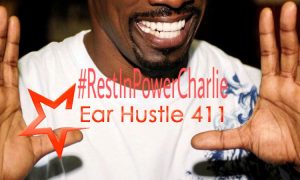









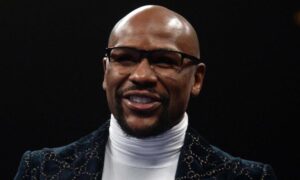

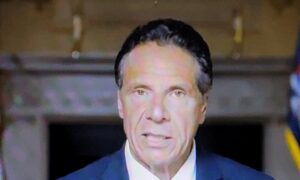









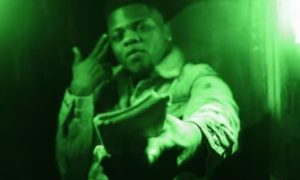

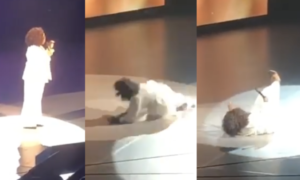

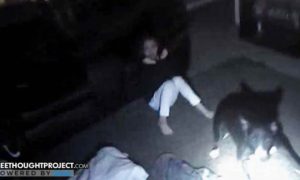



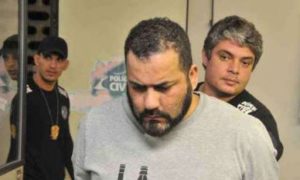



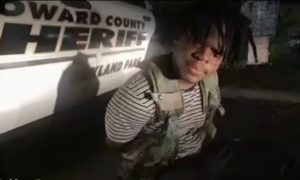

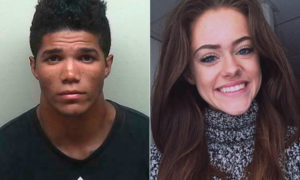

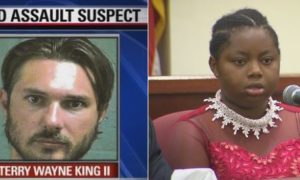

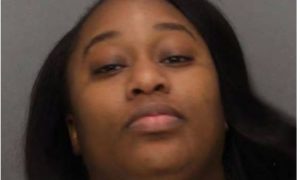





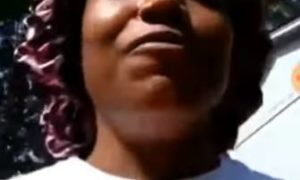



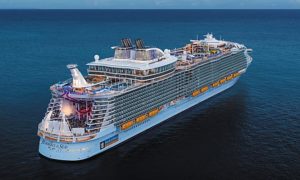



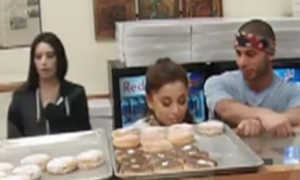

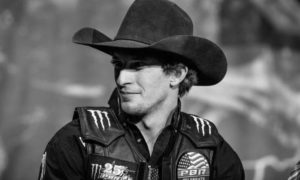



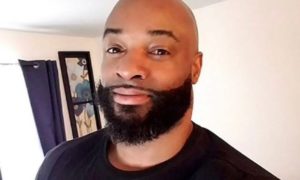







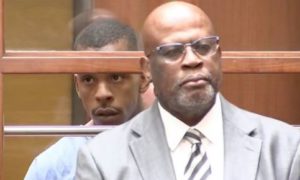

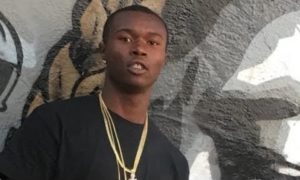

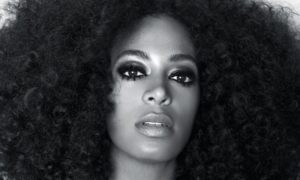











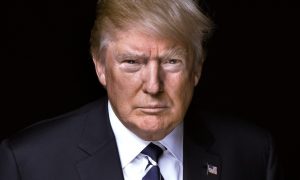

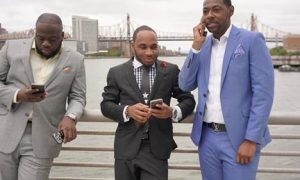









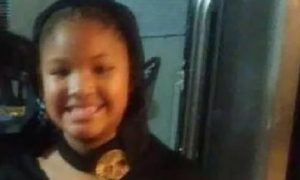





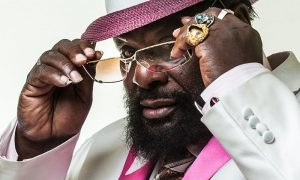

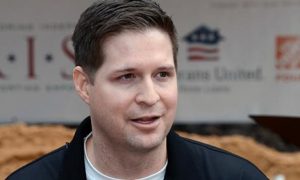





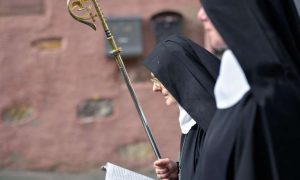









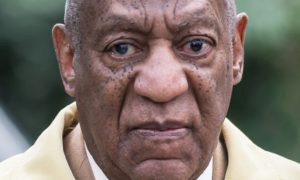



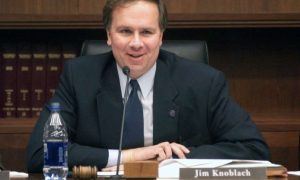







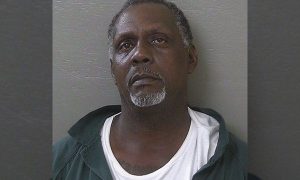









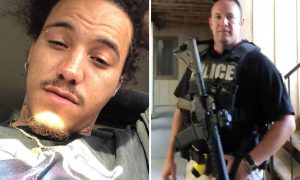





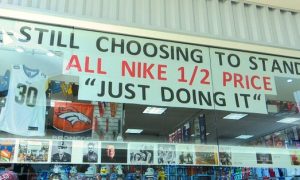

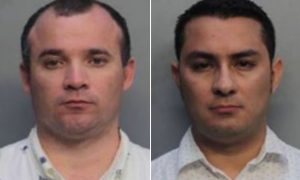

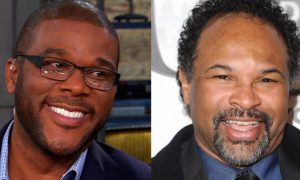







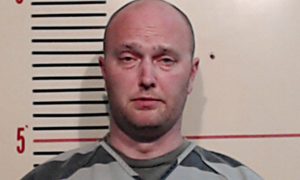

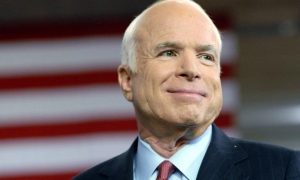







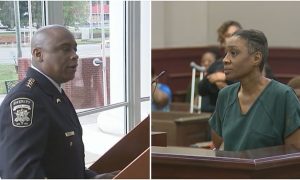





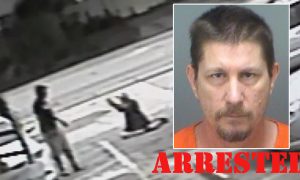













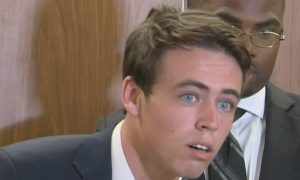

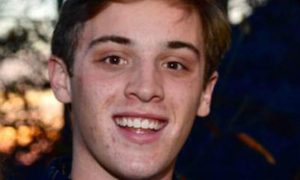





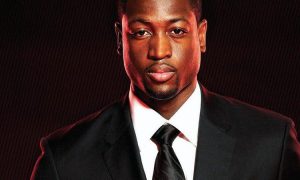





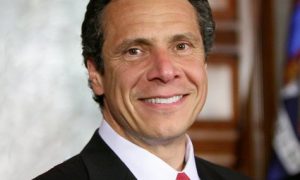

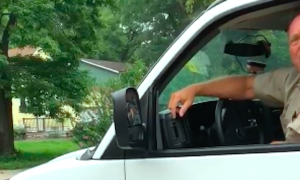





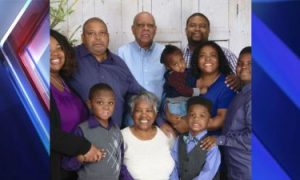

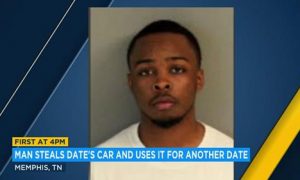















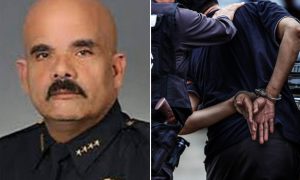

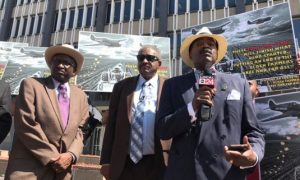

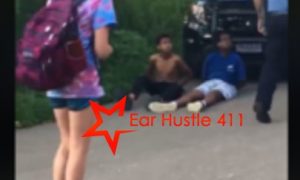



![[Video] Chicago Police Officers Caught On Video Telling Two Black Men "We Kill Mother F**kers"](https://earhustle411.com/wp-content/uploads/2018/07/evil-cop-3-300x180.jpg)
![[Video] Chicago Police Officers Caught On Video Telling Two Black Men "We Kill Mother F**kers"](https://earhustle411.com/wp-content/uploads/2018/07/evil-cop-3-80x80.jpg)
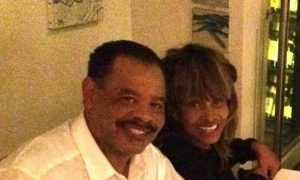

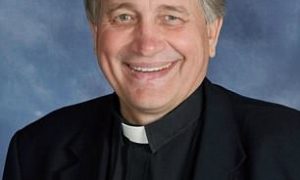



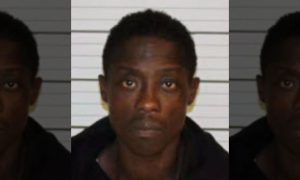





![[Video] White Woman Calls The Cops On Black Real Estate Investor, Cops Threaten To Arrest Her For Harassing Him](https://earhustle411.com/wp-content/uploads/2018/05/nosy-neighbor-300x180.png)
![[Video] White Woman Calls The Cops On Black Real Estate Investor, Cops Threaten To Arrest Her For Harassing Him](https://earhustle411.com/wp-content/uploads/2018/05/nosy-neighbor-80x80.png)


![White Scientist Says The Black Community Is Being Targeted By The Medical System, They Are Deliberatly Being Poisoned [Video]](https://earhustle411.com/wp-content/uploads/2016/05/mike-adams-300x180.jpg)
![White Scientist Says The Black Community Is Being Targeted By The Medical System, They Are Deliberatly Being Poisoned [Video]](https://earhustle411.com/wp-content/uploads/2016/05/mike-adams-80x80.jpg)
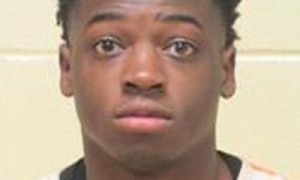



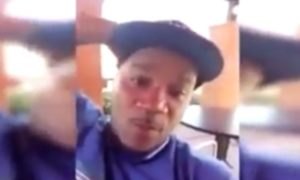



![Teenage Girl Shot In Her Stomach Three Times But Took Time To Post To Facebook [ Video]](https://earhustle411.com/wp-content/uploads/2016/02/Gangster-chick-300x180.jpg)
![Teenage Girl Shot In Her Stomach Three Times But Took Time To Post To Facebook [ Video]](https://earhustle411.com/wp-content/uploads/2016/02/Gangster-chick-80x80.jpg)
